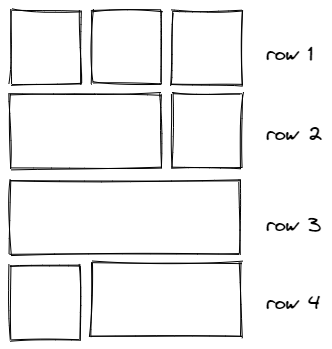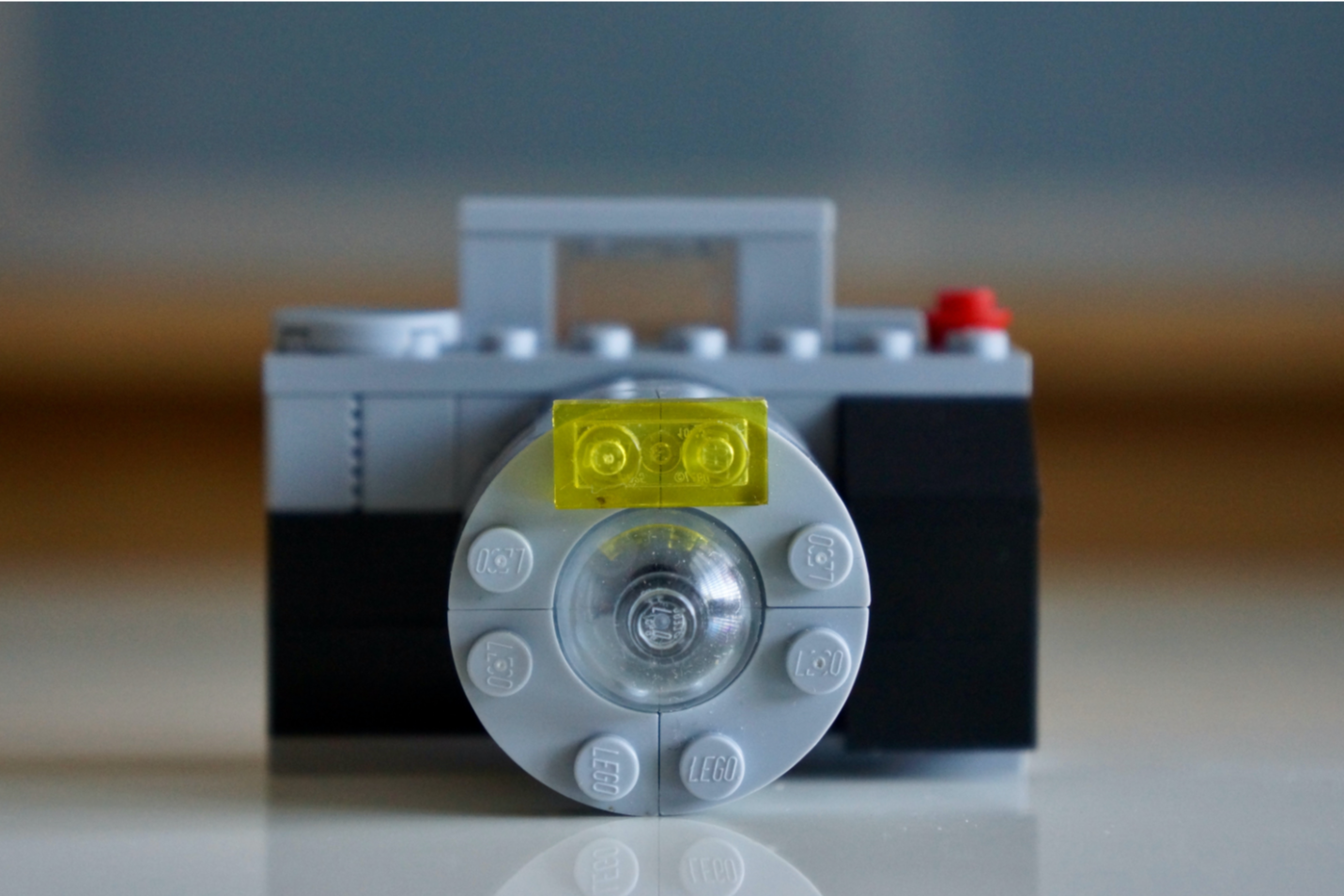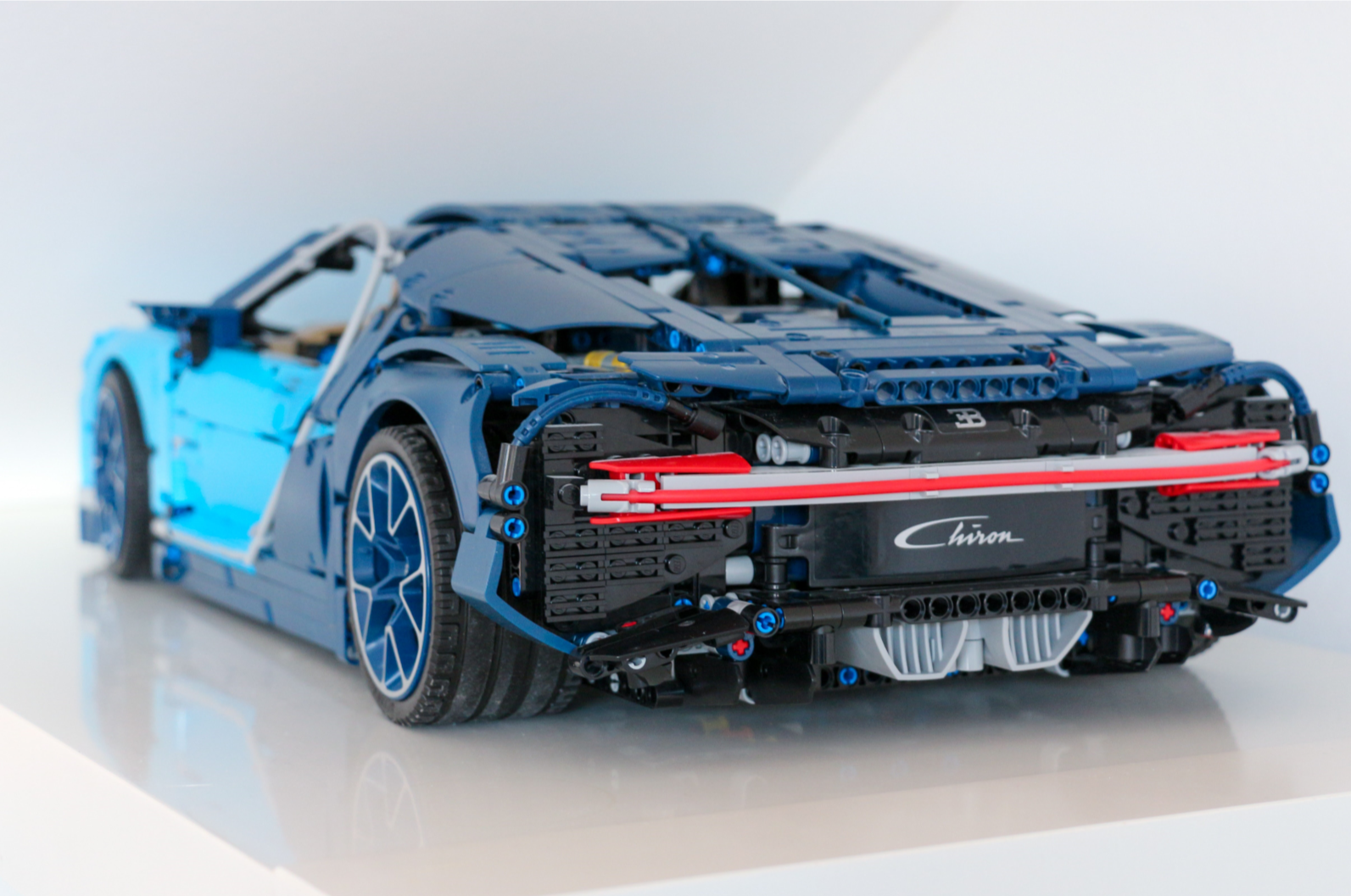Series: Build Power Apps that don't look like Power Apps - Material Design part 2
For real, your low code apps don’t need to look like as if design wasn’t important. I hear lots of people say, that they suck at design or don’t have an eye for good UX. But a visually appealing UI is not the cherry on the cake but one of the core tasks of everyone who builds apps. Let me guide you step by step how you can improve your design skills - we will be again leveraging Google’s Material Design system. This is part 2 of How to build Power Apps - that don’t like Power Apps. If you didn’t read part 1 yet, this is your chance to catch up :-)
Why do we use Material Design? It’s
- goodlooking
- well documented
- widely used
Also: If we can build Google/Android look-a-like apps with Microsoft Power Apps, we can build everything :-)
This blog post focuses on how to create those beautiful Material Design quilted image lists in Power Apps galleries.

This is the schema that we are aiming for: it consists of 4 types of rows which hold different amount of images in different widths and x positions.

Create a component
Let’s do this properly and create a canvas component cmp_MD_Gallery with the following custom properties:
- singleImageWidth:
200 - imagePadding:
10
Now let’s take care of how to feed our gallery. Create an additional custom property galleryContent in the component of type Table:
Table(
//row 1, 3 images
{
id: 1,
image: "<link to your image goes here>",
width: cmp_MD_Gallery.singleImageWidth
},
{
id: 2,
image:"<link to your image goes here>",
width: cmp_MD_Gallery.singleImageWidth
},
{
id: 3,
image:"<link to your image goes here>",
width: cmp_MD_Gallery.singleImageWidth
},
// row 2, 2 images (1st 2/3, 2nd 1/3)
{
id: 4,
image: "<link to your image goes here>",
width: 2 * (cmp_MD_Gallery.singleImageWidth) + cmp_MD_Gallery.imagePadding
},
{id: 5},
{
id: 5,
image: "<link to your image goes here>",
width: cmp_MD_Gallery.singleImageWidth
},
//3rd row - 1 image
{
id: 6,
image: "<link to your image goes here>",
width: 3 * (cmp_MD_Gallery.singleImageWidth) + 2 * ( cmp_MD_Gallery.imagePadding)
},
{id: 7},
{id: 8},
//4th row - 2 images (1st 1/3, 2nd 2/3)
{
id: 7,
image: "<link to your image goes here>",
width: cmp_MD_Gallery.singleImageWidth
},
{
id: 8,
image: "<link to your image goes here>",
width: 2 * (cmp_MD_Gallery.singleImageWidth) + cmp_MD_Gallery.imagePadding
},
{id: 9},
//5th row - 3 images
{
id: 9,
image: "<link to your image goes here>",
width: cmp_MD_Gallery.singleImageWidth
},
{
id: 10,
image: "<link to your image goes here>",
width: cmp_MD_Gallery.singleImageWidth
},
{
id: 11,
image: "<link to your image goes here>",
width: cmp_MD_Gallery.singleImageWidth
},
//6th row -rest
{
id: 12,
image: "<link to your image goes here>",
width: cmp_MD_Gallery.singleImageWidth
},
{
id: 13,
image: "<link to your image goes here>",
width: 2 * (cmp_MD_Gallery.singleImageWidth) + cmp_MD_Gallery.imagePadding
}
)
As you notice, we leave some items blank to make room for items that span the width of two items.
Create a gallery
- Create a vertical gallery, set its Width to
Parent.Width, its Height to1000, its TemplateSize to300 - Set the the Items to
cmp_MD_Gallery.galleryContent - Insert an image into the gallery, set its Height to
Parent.TemplateHeight - Set the Image property of the image to
ThisItem.image - Set the Width property of the image to
ThisItem.width
Create the invisible scrollbar
If you want to create an invisible scrollbar
- add a vertical slider on top of the gallery, set its Max to
0and its Min to-1000, and its Height toGallery1.Height - Set all its colors to
Transparentto make it disappear, but don’t set Visible tofalse(Users can’t interact with a control that has that setting) - Set the Y of the Image to
Slider1.Value- boom, done 🚀
You can set the Width of the slider and the Size of the Handle to the Width of the gallery if users shall use the entire gallery width to scroll or you can limit this and give them a visual cue (a button, circle, etc) so that they know that they can scroll here.
Feedback and what’s next
As you can see, its relatively easy to create an engaging UX in Power Apps. When discussing this with the Math & SVG magician Robin Rosengrün, he found an even more elegant way to calculate widths and x positions of each image, hope he records a video on that soon - #TeamWorkMakesTheDreamWork
Would you try this gallery in your Power Apps? Let me know what you think on twitter.
Next blog post in this series is how to create basic UI elements that you will love.
You May Also Like
Series: Build Power Apps that don't look like Power Apps - Material Design part 1
One of my most important goals when developing Power Apps is good design. But for me, Design is not just pretty looks or some stunning effects, but it is how things work. This means that a well …
Get started with planning your Power Apps components properly
Power Apps components are awesome, still I do not see too many organization using them, which is why I want to give some guidance on how to better plan and build components. Proper planning can save …
Build a progress button with me (yes it is a component)
tl;dr You know that feeling when right after hitting that send button you still want to edit something or changed your mind? This progress button allows people to rethink again and change their minds. …





